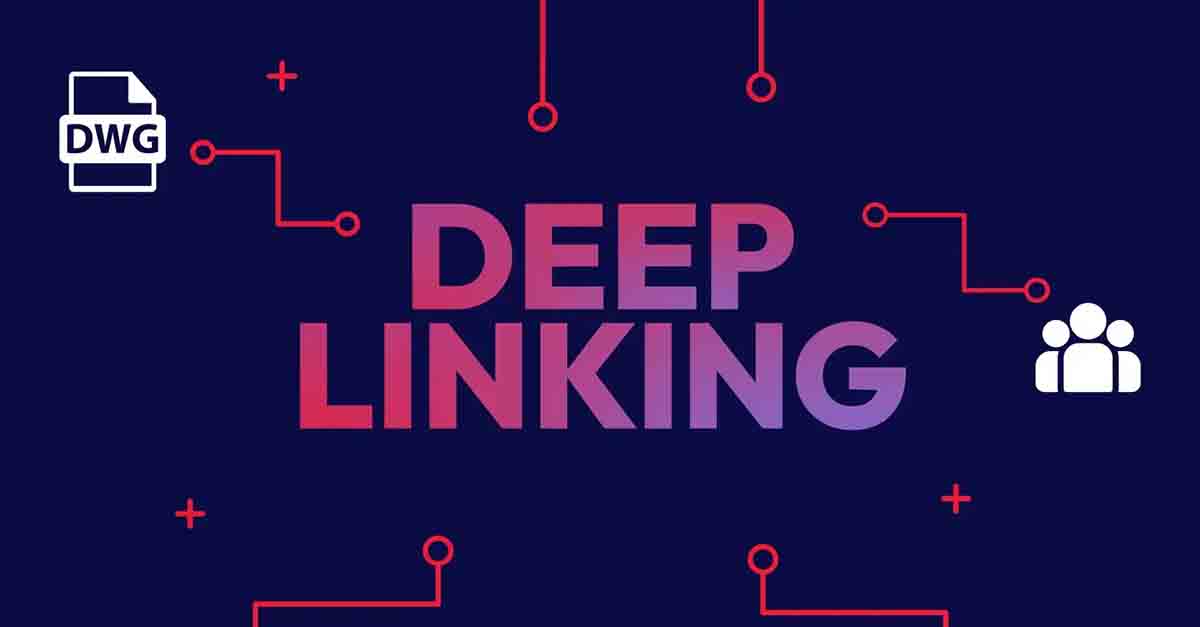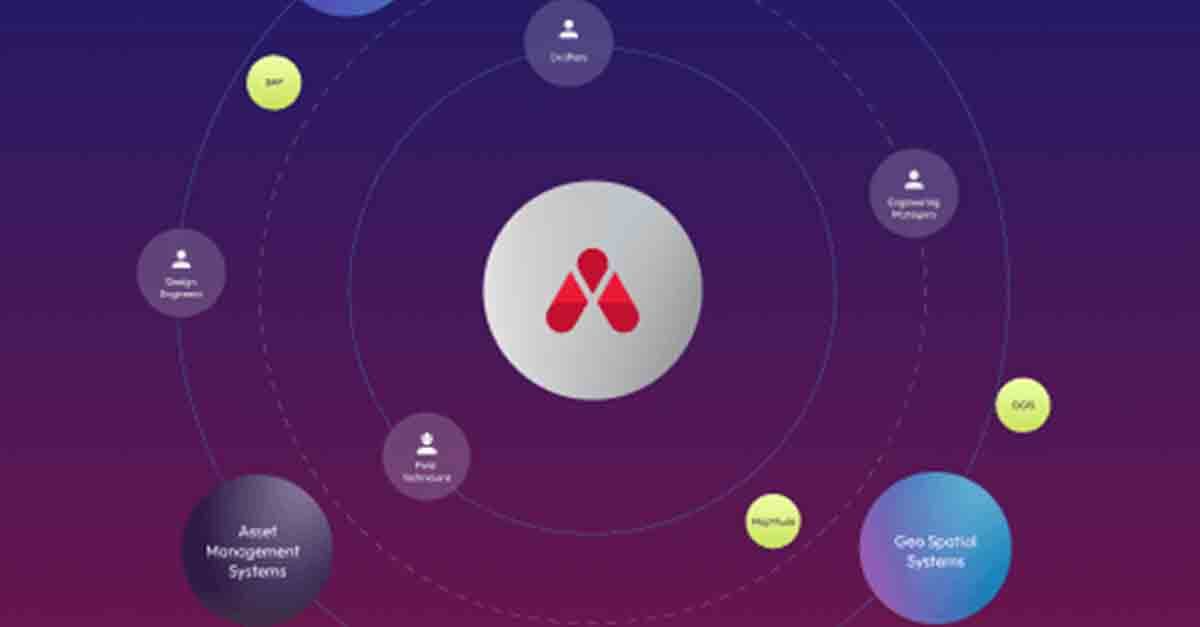
Deep linking: the low-barrier, no-cost way to start integrating your enterprise systems
Deep linking is a low-barrier, no-cost way to start integrating your enterprise systems with your EDMS. In this guide, we walk you through how it's ...
Solutions
Workplace Management Solutions
Real Estate Management Solutions
Maintenance Management Solutions
Energy Management Solutions
Engineering Document Management Solutions
Asset Management Solutions
Automate campus scheduling for classes, meetings, and exams with our EMS software.
Plan and manage conferences effortlessly with EMS software to impress guests and streamline operations.
Boost workplace flexibility and maximize space use with seamless desk and room booking.
Organize workplace or campus events smoothly, creating memorable experiences.
Optimize workspace, manage allocations efficiently, and reduce costs with our space management solutions.
Deliver projects on time and within budget by improving communication, collaboration, and efficiency with our software.
Streamline lease accounting for ASC 842, IFRS, and GASB compliance.
Manage leases efficiently by tracking key dates, analyzing costs, and ensuring compliance.
Centralize data and analytics for better insights, faster negotiations, and revenue growth.
Centralize facility and asset maintenance, automate work orders, and ensure compliance with our CMMS software.
Extend asset life, reduce downtime, and prevent costly repairs with data-driven monitoring.
Prevent equipment failures and extend asset life by detecting and addressing issues early.
Make sustainable, cost-efficient energy decisions by monitoring and optimizing power consumption.
Remotely monitor and control equipment with real-time data to predict issues, boost efficiency, and reduce downtime.
Easily share and collaborate on documents, creating a single source of truth for engineers and contractors.
Manage and analyze assets across their lifecycle to schedule maintenance, reduce downtime, and extend lifespan.
Improve visibility, automate work orders, and ensure compliance for efficient facility and asset management.
Resources
Browse our full library of resources all in one place, including webinars, whitepapers, podcast episodes, and more.
Support
Looking for access to technical support, best practices, helpful videos, or training tools? You’ve come to the right place.
About Accruent
Get the latest information on Accruent, our solutions, events, and the company at large.

Explore the benefits of Engineering Document Management System (EDMS) integration, including improved document accessibility, enhanced collaboration, and streamlined workflows. Discover practical steps and best practices for successful EDMS implementation, ensuring your organization maximizes efficiency and productivity.
Asset and infrastructure management complexities often lead organizations into a cycle of constant software switching, with each system operating as a silo. Teams might manage assets using one system, coordinate operational workflows with another, and integrate geographic information with a third. Beyond inconvenience, isolated software systems can introduce significant risks to efficiency, accuracy, and inter-departmental communication, undermining organizational agility and performance.
A strategic approach to system integration is therefore crucial for modern organizations. It creates a seamless and efficient operational environment where data flows smoothly, enhancing decision-making and operational efficiency. Intelligent integration, especially between your Engineering Drawing Management System (EDMS) and other key systems, effectively minimizes the inefficiencies that disconnected systems breed. Whether through internal linkages or the adoption of third-party solutions, a comprehensive system integration strategy is integral to bolstering operational capacity.
Integration within software systems refers to the process of merging distinct datasets from diverse sources into a cohesive solution. In today's context, where many systems operate independently, this is essential, as it mitigates bottlenecks and miscommunication. Effective integration aims to remove these separations, enabling seamless data flow among various applications, encompassing asset management, operational workflows, and Geographic Information Systems (GIS).
The objective goes beyond just technical linkages. It's about creating a unified system that facilitates data sharing and eradicates the data silos often impeding organizational progress. Breaking down these barriers, integration cultivates a collaborative, efficient, and transparent environment. It empowers organizations to fully leverage their digital resources, leading to better risk management, enhanced operational efficiency, and a more agile response to evolving business demands.
System integration is vital to reduce the challenges and costs associated with isolated operations. organizations often grapple with siloed systems, which bring about communication breakdowns, onboarding complexities, and inefficiencies. These standalone systems typically force users to toggle between applications, creating a time-intensive and error-prone environment for repetitive data entry. Such inaccuracies can trigger substantial safety concerns and incorrect work execution, putting staff at risk and negatively impacting both costs and organizational effectiveness.
The core objective of digital transformation within organizations is to boost efficiency across pivotal business processes. Here, the integration of applications plays a key role. It not only enhances user experience but also ensures the effective use of systems. By enabling smooth data movement and visibility across applications, integration streamlines data handling and entry. This approach not only cuts down the time spent switching between systems but also guarantees the availability of accurate and uniform information throughout the organization.
Beyond mere technological convenience, system integration markedly elevates business operations. It promotes the adoption of business solutions by making them more approachable and user-friendly. This process not only simplifies operations and reduces the chance of errors but also bolsters efficiency and safety, which are vital for enduring success in a competitive business environment.
Integrating RedEye into your organization's technological framework offers significant operational and data management improvements.
Incorporating RedEye with other key systems creates an environment where engineering information is managed more effectively. This contributes directly to enhanced data accuracy, operational efficiency, and a richer user experience.
Implementing an integration project is a strategic method to break down information silos within your organization's technology stack. It involves tailoring the scope to fit your specific needs and resources, ranging from basic essential connections to a broad, all-encompassing solution.
RedEye offers a variety of integration methods:
RedEye's suite of prebuilt solutions ensures smooth and effective integration with popular systems:
Each integration is designed with ease of use and operational efficiency in mind, enabling secure, immediate access to your engineering drawings.
When integrating RedEye with other applications, understanding your business processes and identifying potential deficiencies is crucial. An in-depth review of your current systems, including applications, security protocols, architecture, operations, data, and integration opportunities, is essential. It's vital to pinpoint the sources of inefficiencies or issues to tailor effective solutions that address operational needs.
The success of integration hinges on several critical actions:
By following these systematic steps, you can make informed decisions to ensure that the integration not only aligns with your organization’s needs but is also executed for optimal results.
Integrating your EDMS with key organizational tools can significantly enhance data processes, communication, and operational effectiveness, thereby reducing both cost and safety risks associated with siloed systems. By choosing the right mix of manual, API-based, or prebuilt integration solutions, organizations can customize these integrations to meet their unique needs.
Creating synergies between your EDMS and systems like Hitachi Ellipse, IBM Maximo, or ESRI ArcGIS can transform the management of engineering information. The practical benefits of this are substantial, leading to increased efficiency, more transparent data handling, and fostering an environment conducive to timely information exchange – all essential elements for an efficient and safe operation.
These improvements are not just theoretical; they offer real, measurable enhancements to daily operations, empowering teams to address the challenges posed by disconnected systems effectively. The journey towards a more integrated technological ecosystem begins with a thorough analysis of existing systems and processes, identifying potential areas for improvement.
For organizations ready to align their engineering information systems with their strategic goals, Accruent is here to offer expert advice. We are committed to helping you identify the most effective integration strategy tailored to your specific needs.
Deep linking is a low-barrier, no-cost way to start integrating your enterprise systems with your EDMS. In this guide, we walk you through how it's ...
Discover the power of Enterprise Asset Management (EAM) in optimizing maintenance processes, enhancing efficiency, and reducing downtime. Learn more ...
Understand EDMS software basics and benefits, and how Accruent’s own EDMS platform — Meridian — can drive significant value for your business.
Subscribe to stay up to date with our latest news, resources and best practices